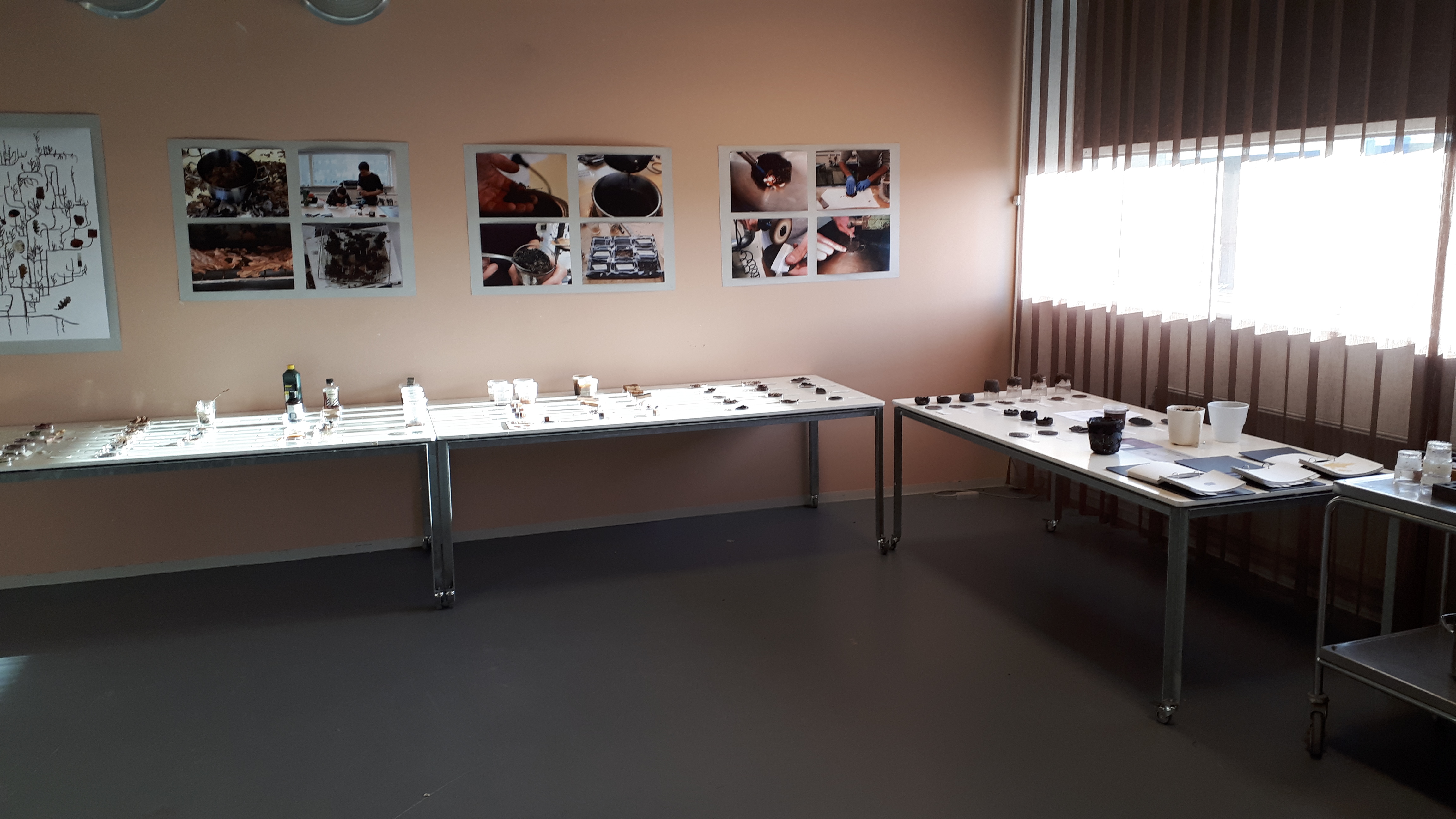Folium
with Jesper Sylvest, Signe Brøchner & Mads Jensen - 2019

A leafy material exploration harnessing oaks’ surprising properties.
A leafy material exploration harnessing oaks’ surprising properties.
A significant opportunity to design more sustainable products and solutions is to reinvent the materials they are made of. To that purpose, Folium’s experiments point at dead oak leaves as a potential resource to harness, and take us into the empirical, fascinating and gently mad-scientist-like world of bio-based materials development.
Case
The materials that objects are made of often tell as much, if not more, than the object’s shape about its philosophy, soul and even performances. The unique personalities of materials have been significantly disrupted by the blandness of plastics, pointing at imperfections, roughness and irregularities as the worst imaginable flaws.
But as we reinvent the way we design, produce, use and dispose of our everyday items, it is essential to address the origin and characteristics of the materials we transform into objects.
This project challenged us to identify and experiment with an overlooked stream of local natural resources that could lead to the development of responsible and green-minded materials.
Approach

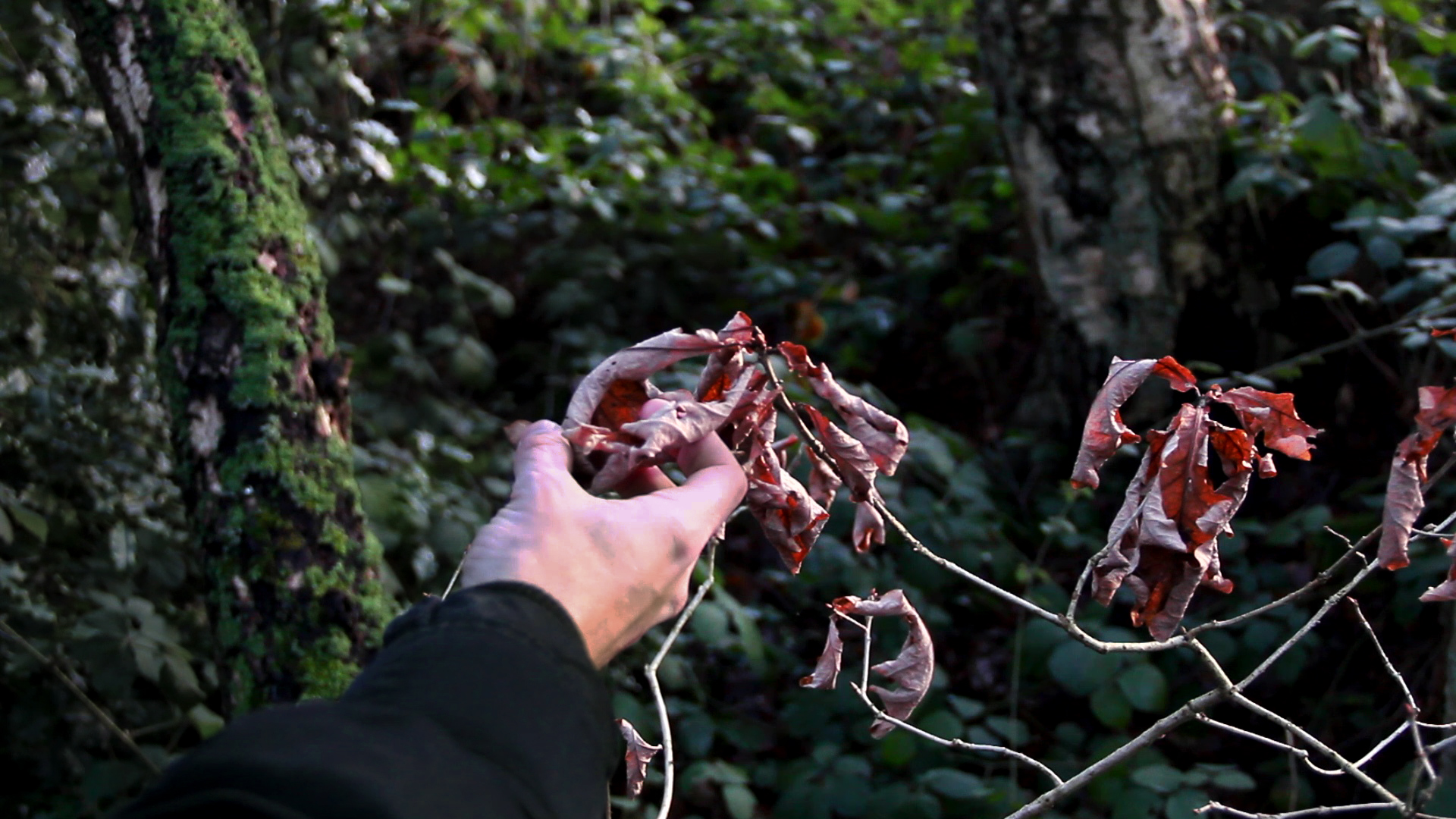

Our first group strategy was to freely explore our surroundings, paying attention to details we would normally not notice in our everyday experience of the city: specific shells washing ashore, acorns, mosses… Walking in green spaces and forest-like urban parenthesis led us to notice a wide range of potential resources. We ended up gathering piles of leaves, which were abundant and diverse.
A first round of experiments, as well as subsequent desk research, showed us that oak leaves in particular presented interesting properties. These are due to the high tannin content in the oak tree, which has for long been used in processes such as wine making or leather tanning. Our experiments also hinted at their ability to act as a binder, allowing us to develop a binder/charge material. Furthermore, cooked and burnt oak leaves displayed metallic-like reflections that we also attributed, though without certitude, to their tannin content.
![]()




We therefore moved towards a 100% oak leaf-based material, extracting the tannins and further shredding leaves to constitute a filler. Mixing the tannin-based binder with the shredded burnt leaves filler - and after many iterations - led us to develop promising samples that could be formed, further machined and polished once dry.

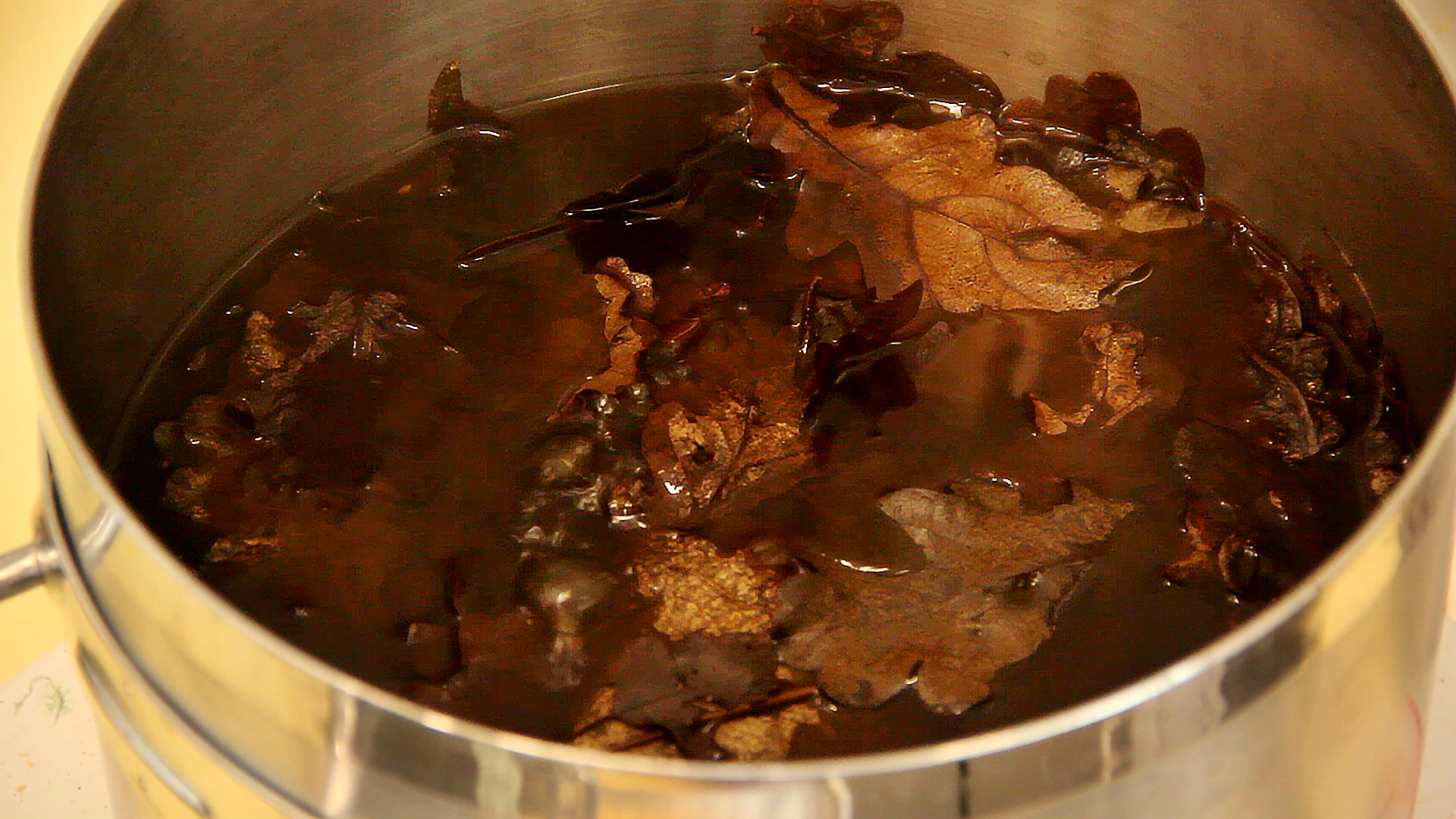



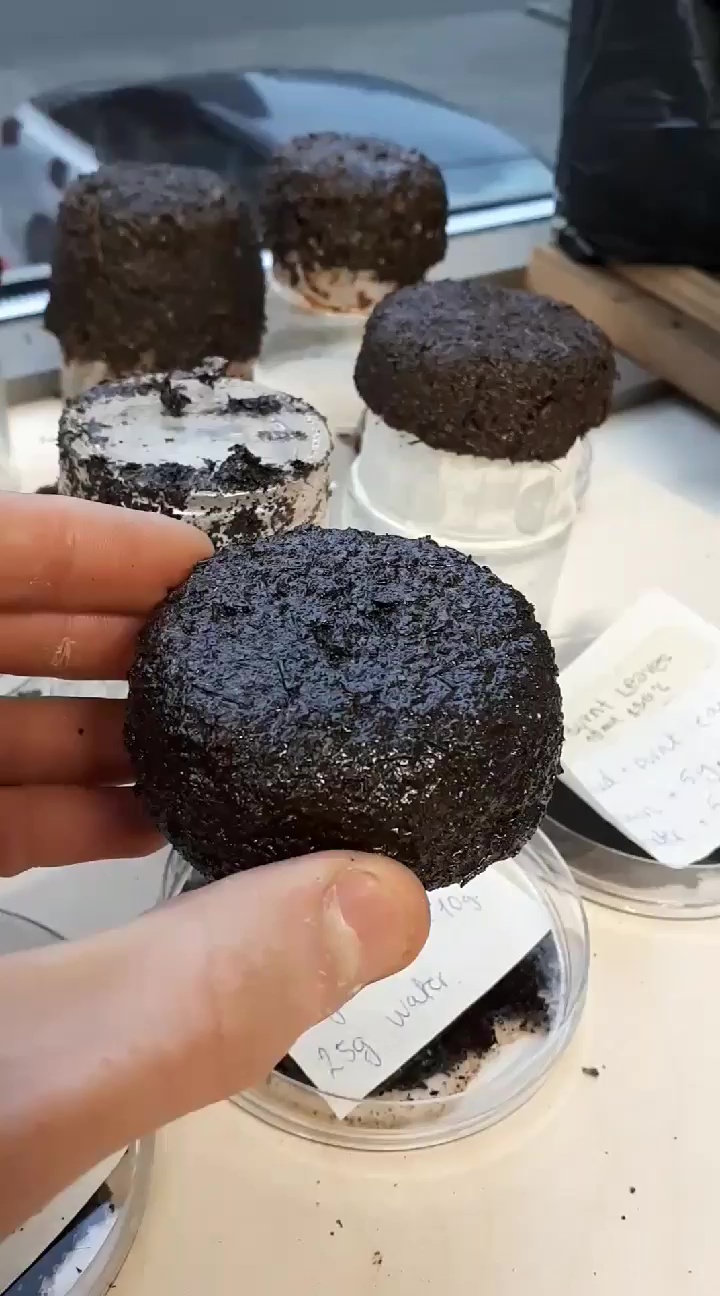



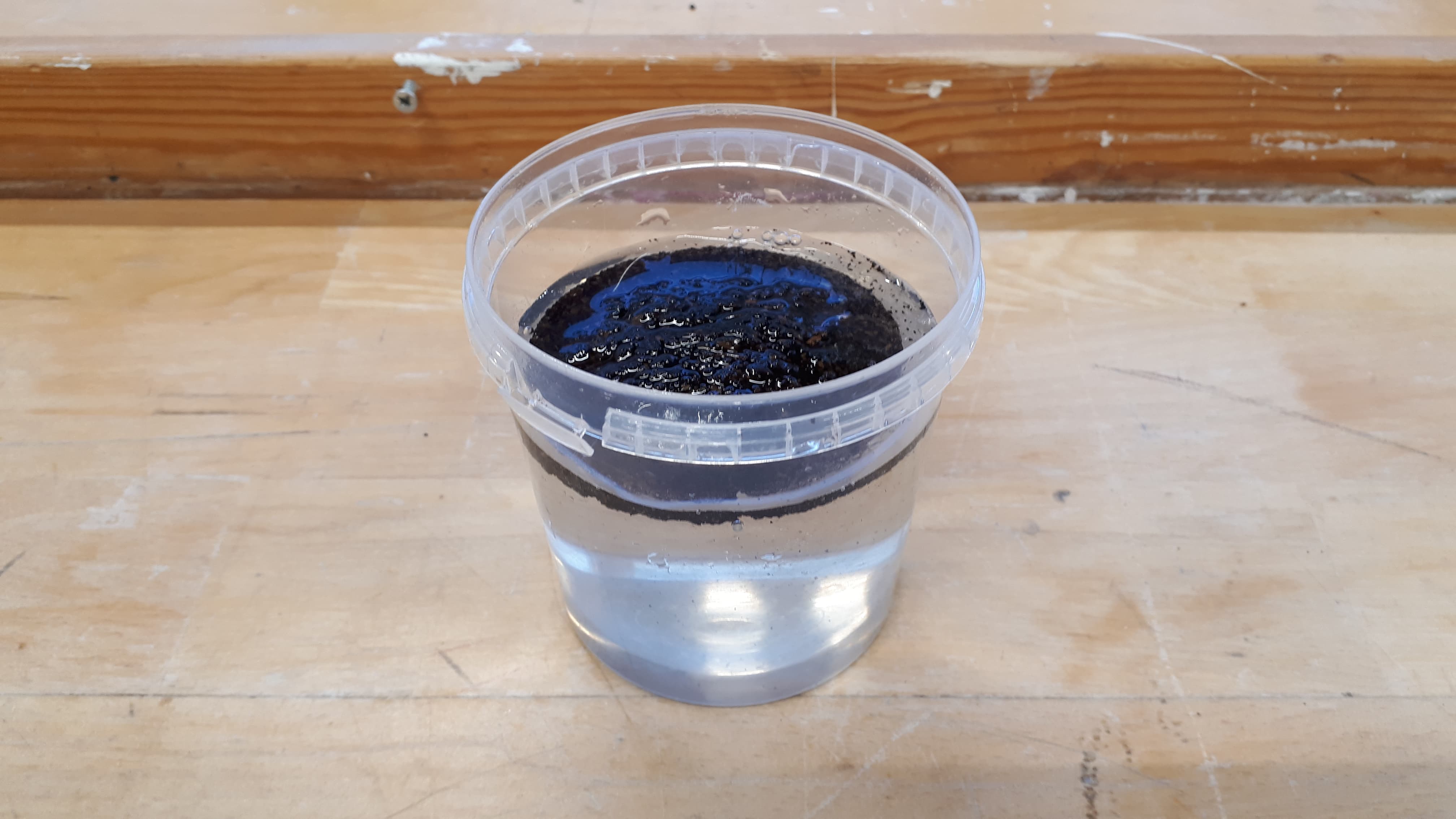


Folium thus is not a material, but a collection of experiments and an experimental protocol that allowed us to embrace the development of bio-based materials.


